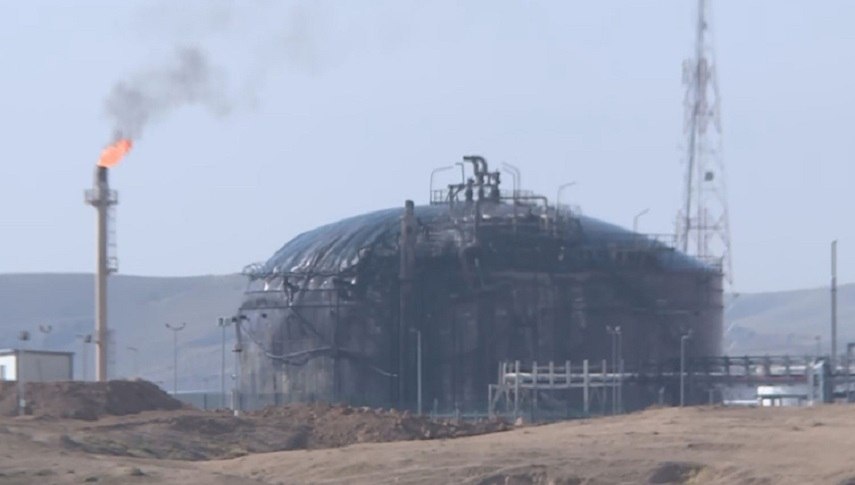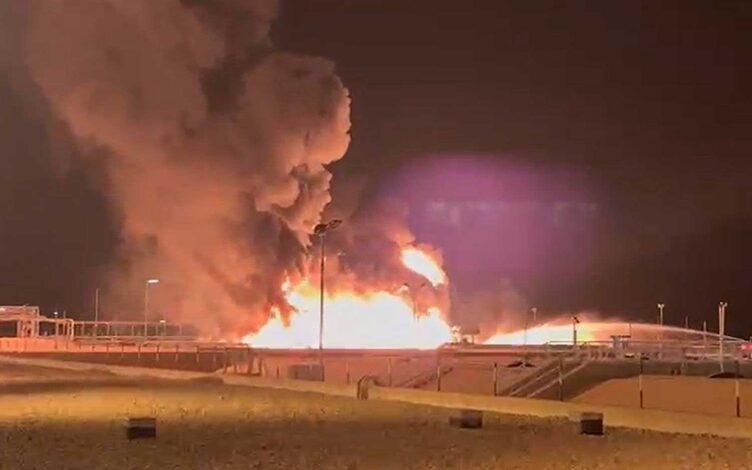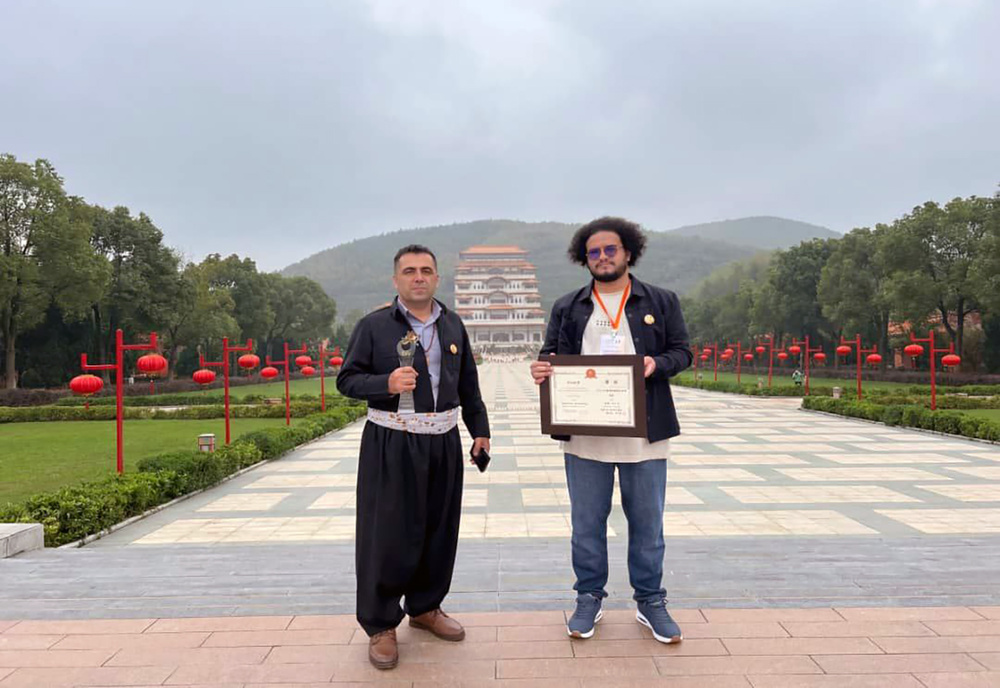We have Cheops pyramid and the temples of Karnak and Luxor. There is also Angkor Wat and the cities of the Inca empire. Rome has St. Peter’s, and the glory of the Byzantine empire was the Hagia Sophia in Constantinople. Its reconversion to a mosque last July was an affirmation of Turkey’s Muslim identity.
Not to be outdone, the Sun King, Louis XIV, created the palace of Versailles and Albert Speer planned to build a huge Volkshalle to dominate Germania (Berlin) and celebrate the ‘Neue Ordnung’. Nicolae Ceaușescu managed to build a colossal parliament building before he and his wife were executed in the 1989 revolution.
In 1933 Adolf Hitler proclaimed a Third Reich that would last a thousand years, and in June 1940, in his “finest hour” speech, Winston Churchill posited a British Empire and its Commonwealth that might last as long. In April 2014 the architect of Turkey’s ‘neo-Ottoman’ foreign policy, Ahmet Davutoglu, stated in a speech in Konya that the governing AK Party was not just a political party but a great historical movement that could not be stopped until doomsday.
In connection with the campaign for an executive presidency four years ago, Turkey’s President Erdogan admitted that he had planned to concentrate all power in one person since he was mayor of Istanbul in the 1990s.
Already before Erdogan was elected president in August 2014, work began on the construction of a new complex, ostensibly for the prime minister, in a recreational area outside Ankara, the Atatürk Forestry Farm, bequeathed by the founder of modern Turkey in 1937.
In 1992 this was declared a first-degree environmentally protected zone but this decision was later annulled to allow construction on the site in 2012. However, this decision was reversed in February 2014, but work continued nonetheless. As Prime Minister Erdogan declared, “If they have the power, let them demolish it.”
On completion in October, President Erdogan declared the 1,150-room palace would be the seat of government for “the new Turkey”. Built on a plot of land thirty times the size of the White House and four times the size of Versailles, it had been lavishly appointed with glass from the USA, 200 chandeliers with Swarovski crystals, imported double-leaf doors and gilded Bizassa marble from Italy. There were even gold-plated glasses for dinner. It was also landscaped with truckloads of trees and flowers from Holland.
The admitted cost was 1.37 billion TL ($615 million) but upkeep is expensive; in 2017 it was $300,000 a day. Reviews were mixed. The head of the Ankara branch of the Chamber of Architects called it “megalomaniac architecture”. The Daily Telegraph said its architectural style seemed to cross the Ottoman and Seljuk traditions with that of a modern Chinese railway station, and a Turkish economist dubbed the building “the new Reich Chancellery”.
The White Palace (‘Ak Saray’), as it was first called, was quickly branded “The Illegal Palace” (‘Kaçak Saray’), so President Erdogan decided to rename it “the Presidential Kulliye” (mosque complex) in keeping with Ottoman tradition. When Erdogan received Palestinian president Mahmoud Abbas, he was flanked by Turkic warriors in historic costumes. Kurdish leader Selahattin Demirtas, who is now in prison, suggested Erdogan could have completed the picture by dressing up as a 17th century sultan, “Ibrahim the Mad”.
To rebut any accusations of extravagance, the pro-government daily Yeni Safak published an article on the First Lady’s natural and simple life, which included drinking white tea at 4,000 TL a kilo, twice the minimum wage. Mrs Erdogan has also been criticized for flaunting her $50,000 Hermes handbag and her shopping sprees. Against a background of growing poverty and unemployment, this kind of behavior is unlikely to go down well.
The hallmark of Erdogan’s rule has been the predominant role played by construction in the economy: highways, airports, hospitals, housing, hotels, shopping malls and skyscrapers, which has led to a shift from production to construction because of the immense profits. State guarantees and foreign loans have led to Turkey being heavily indebted.
There have also been environmental consequences as megaprojects such as the third bridge over the Bosphorus and the new airport have resulted in the destruction of Istanbul’s northern forests and a threat to the city’s water supply. Erdogan’s “crazy project”, Kanal Istanbul, could lead to further devastation.
The Gezi Park revolt in 2013 began as a protest against a plan to demolish a small park in Istanbul and replace it with a shopping mall. After the government’s heavy-handed response, it evolved into one against the increasing authoritarianism under Erdogan.
Not content with his palace in Ankara, President Erdogan has been allocated the use of the Yildiz Palace in Istanbul, where he received Chancellor Angela Merkel in October 2015. President Erdogan has also designated the Vahdettin Mansion in Istanbul, originally home of the last Ottoman sultan, as his office in Istanbul.
In Russia, opposition leader Alexei Navalny has revealed the existence of Putin’s hideaway palace, which could outdo Erdogan’s. However, an $85.6 million summer palace is being constructed for the Turkish president at Okluk Bay in southwest Turkey, while another presidential complex is being constructed near Lake Van in eastern Turkey. Despite a ban by the Constitutional Court, work continues.
In Roman Polanski’s “Chinatown” a private eye, Jake Gittes, confronts an unscrupulous developer and asks, “Why are you doing it? How much better can you eat? What could you buy that you can't already afford?” He gets the reply: “The future, Mr. Gittes! The future.”
If that is the case, Turkey’s future looks rather bleak.
Ahval
Reporter's code: 50101







Your Comment